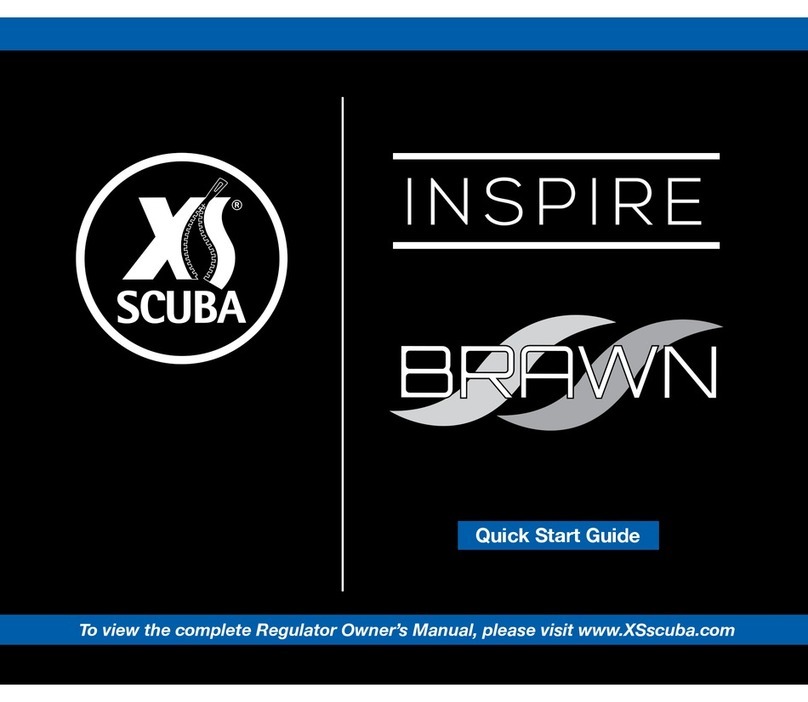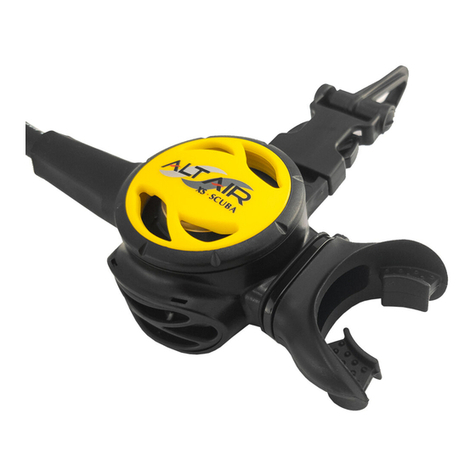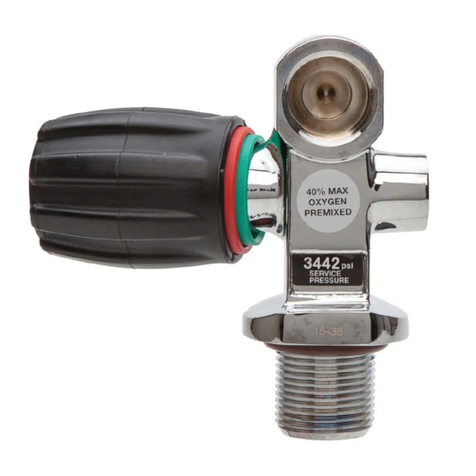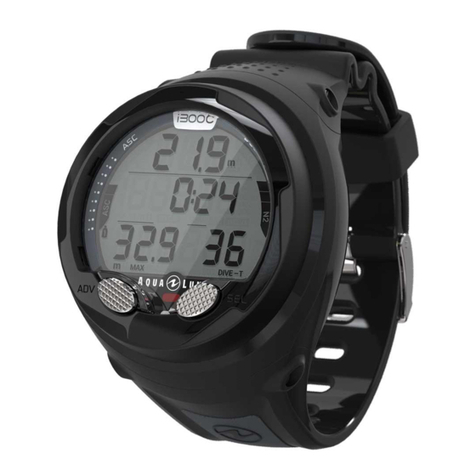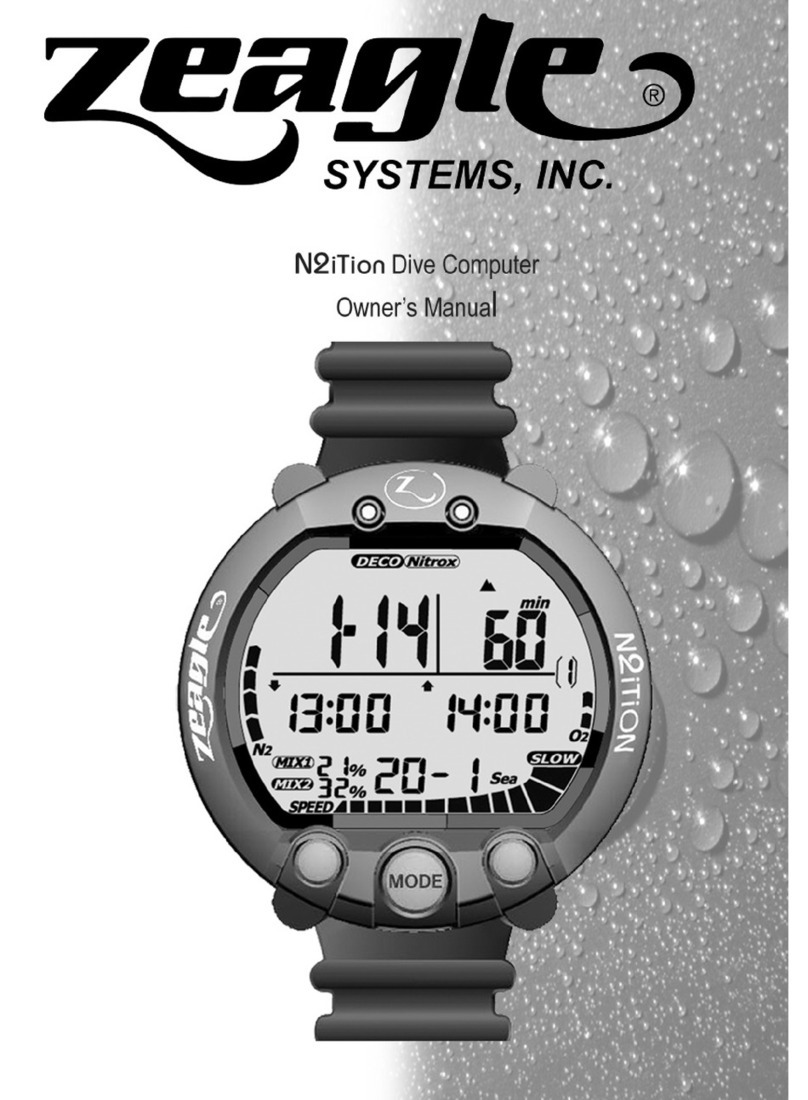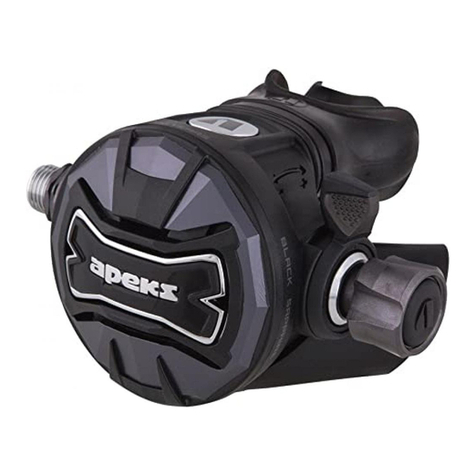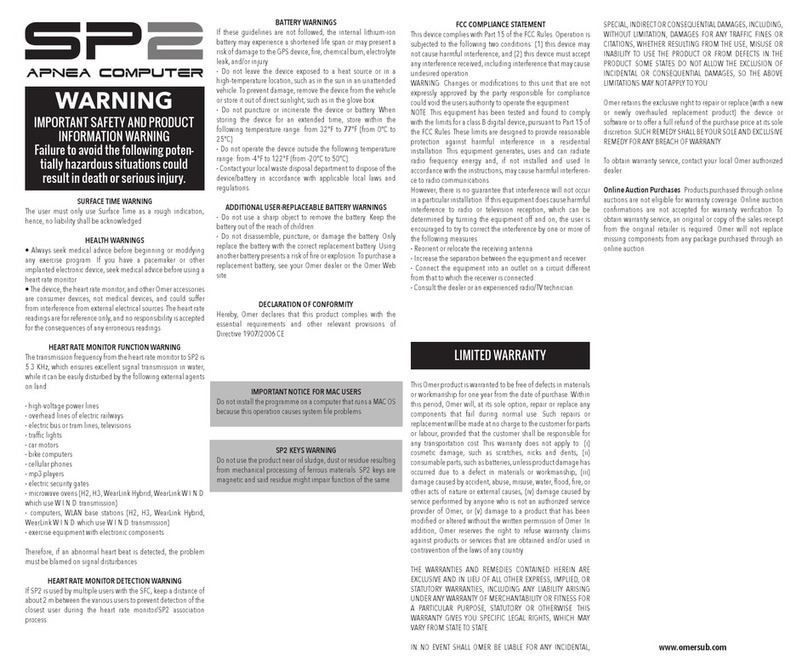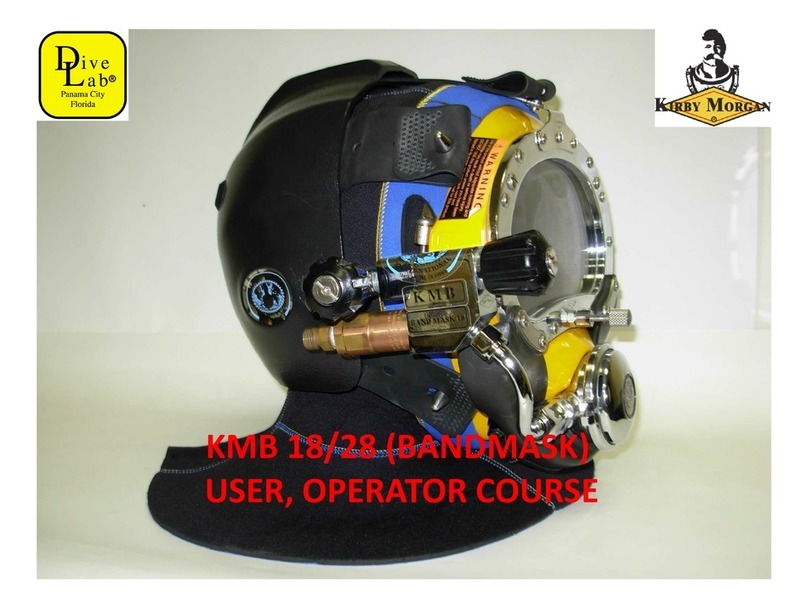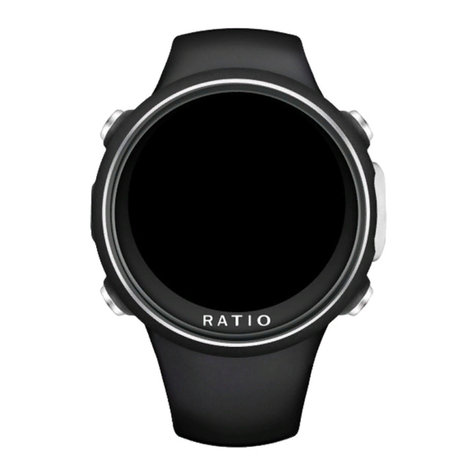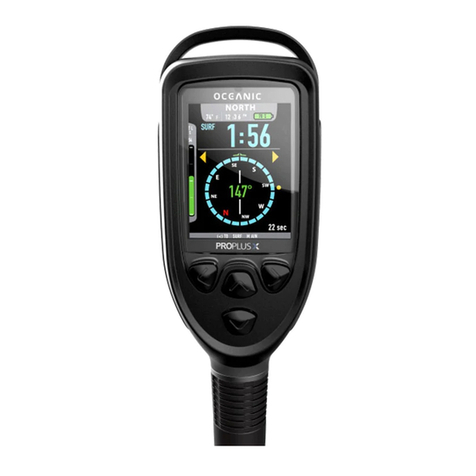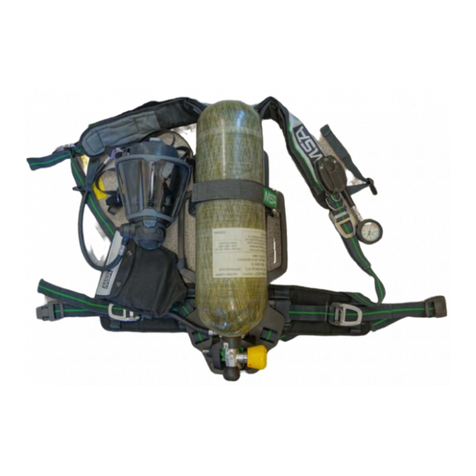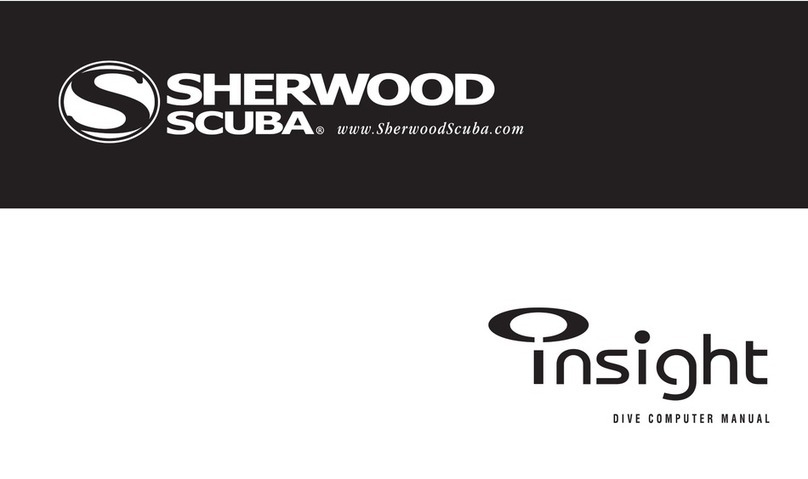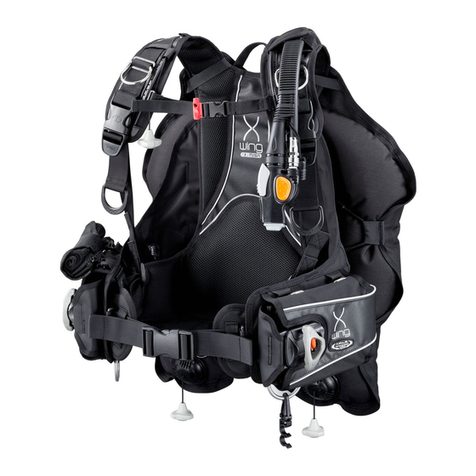
3
www.XSscuba.com
XS Scuba Inspire Regulator Service Manual
Maintenance Schedules
Regulators are subjected to a variety of environmental
elements that over time can affect their performance. Salt,
sand, sediment, chlorine and other chemicals all take
their toll on a regulator. Soft parts wear out and lubricants
break down and wash away. As an XS Scuba Dealer, you
are advised to inform your staff and customers that
XS Scuba regulators require servicing at least once a year.
Under certain circumstances service is required every 3-6
months. Some of those circumstances are:
1. Frequent or improper use
2. Inadequate routine freshwater rinsing
3. Regulator use in dirty or polluted waters
4. Rental use
5. Regular use in chlorinated (pool) water
Recommended maintenance schedules are based on
average use under normal conditions and assume that
recommended preventative maintenance and storage
procedures have been followed as outlined in the
XS Scuba Regulator Owner’s Manual.
Standard Procedures
1. Preview the list of tools and parts required to perform
the prescribed service outlined in this manual. Follow
each step in the sequence provided. Have this manual
open next to you for reference. Do not rely upon
memory.
2. Numbers found in parenthesis reference the KEY
numbers in the exploded diagrams. If you are not sure
what a part is by its description, use this number to
cross reference it in the exploded diagram.
3. All regulator services should be performed on a
workbench specically set up and equipped for this
purpose. Adequate lighting and cleanliness along
with easy access to the required tools should be
considered mandatory.
4. Delicate parts, such as parts with critically machined
surfaces should be isolated from the other parts
to prevent damage, especially during the cleaning
procedure.
5. Only use factory authorized parts provided by
XS Scuba. Do not attempt to substitute other
manufacturer’s parts regardless of any similarity in
appearance. This is especially true for o-rings!
6. Do not attempt to reuse mandatory replacement
parts regardless of how much use those parts were
subjected to.
7. When reassembling, it is important to follow factory
mandated torque values using a calibrated torque
wrench. To do otherwise could lead to damage or
failure of the product.
8. Unless otherwise instructed, the following is
assumed:
a. When instructed to remove, unscrew or
loosen a threaded part, turn the part
counterclockwise. The manual abbreviates
counterclockwise with CCW.
b. When instructed to install, screw in or tighten
a threaded part, turn the part clockwise.
The manual abbreviates clockwise with CW.
9. The following abbreviations are used throughout this
manual:
a. HP = High Pressure – the pressure entering a
regulator from the cylinder e.g. 3000psi
b. MP = Medium Pressure – the pressure leaving
the rst stage traveling to the 2nd stage. Also
referred to as intermediate or interstage pressure
c. LP = Low Pressure – the pressure exiting the
2nd stage through the mouthpiece. Also referred
to as ambient pressure.
Nitrox Compatibility
XS Scuba regulator products may be safely used with
enriched air nitrox (EAN) that does not have an oxygen
content greater than 40% (EAN40), if the regulator is
properly cleaned and prepared. Properly cleaned means
that a mild detergent is used to remove hydrocarbons
such as compressor oils. Properly prepared means that
only authorized parts and lubricants are used during
reassembly. Gloves should also be worn to prevent skin
oils from contaminating the parts. See the section on
“Cleaning and Lubricating”
Regarding nitrox safety and compatibility, the concerns
lie primarily with the rst stage as it is subjected to
high supply pressures. High supply pressures lead to
adiabatic compression or heating of the gas. XS Scuba
regulator rst stages are authorized for use up to EAN40
because they contain oxygen compatible parts and
lubricants and are built in a clean environment.
For the rst stage to remain EAN40 compatible, only use
hyper ltered compressed gas (hydrocarbons < 0.1 mg/
m3). Ordinary compressed breathing air (Grade E) usually
does not meet this criterion. Once ordinary breathing air
is used, the rst stage is no longer EAN40 compatible
until it is cleaned and serviced again.
Although regulator second stage components are not
exposed to high pressure EAN, XS Scuba recommends
that the same cleaning procedures be followed for the
complete regulator. This prevents the possibility of cross
contamination and guarantees the cleanliness of the
entire regulator.

